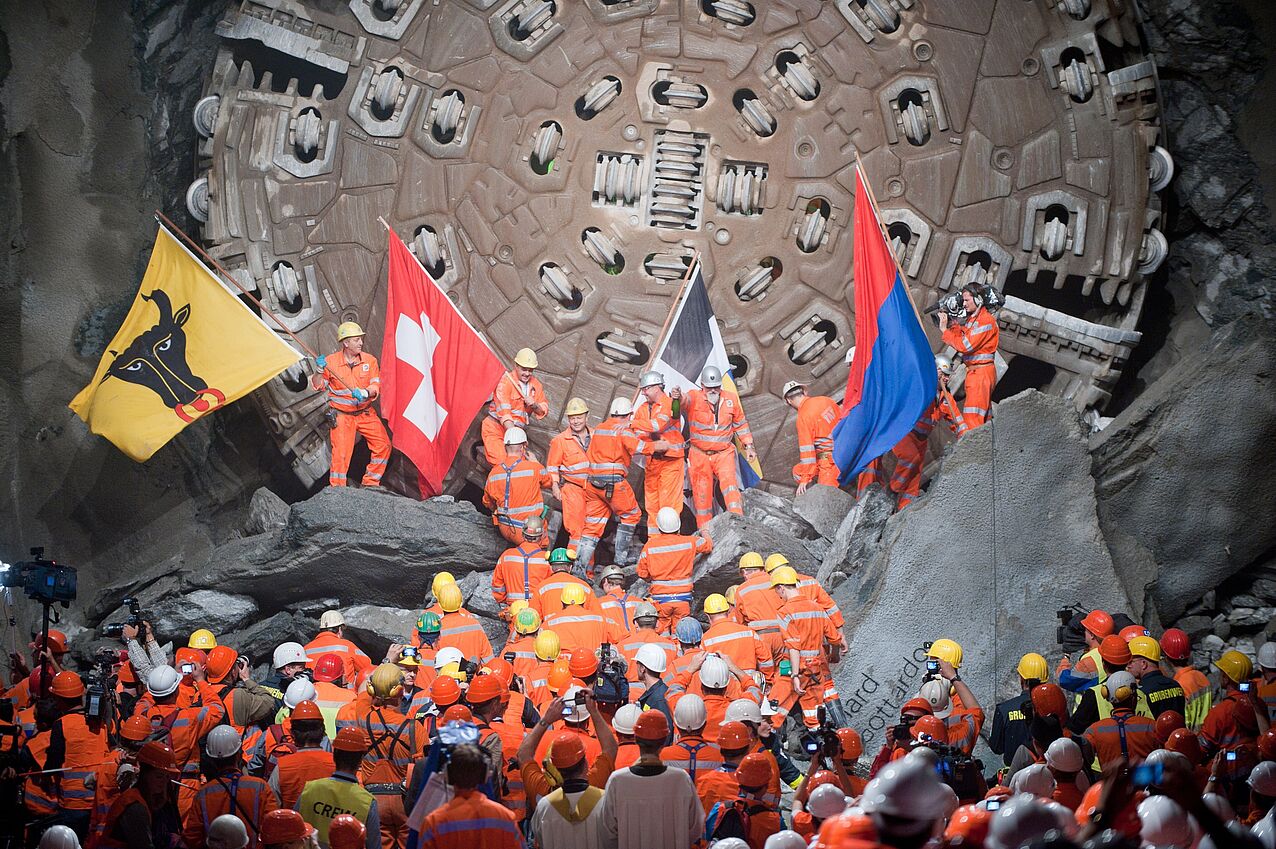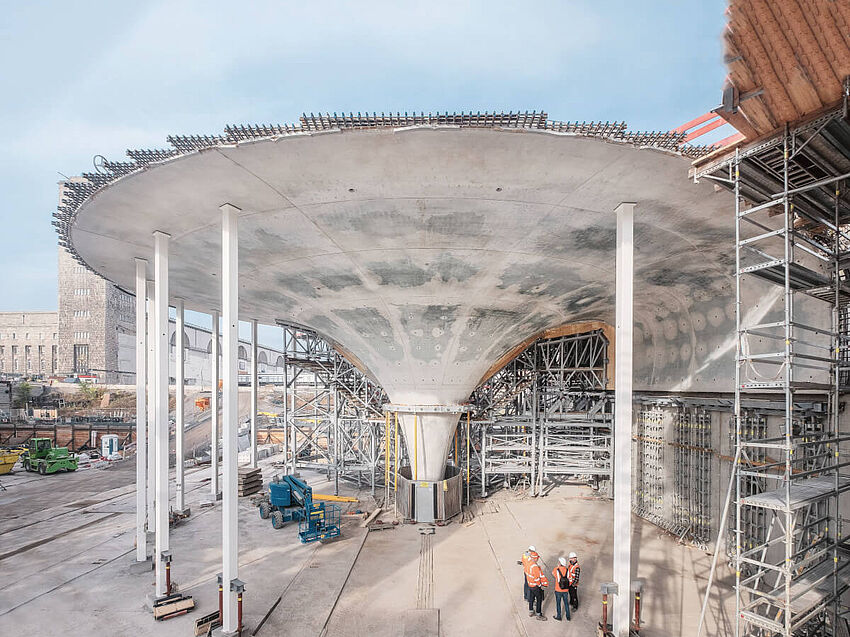A New Gateway to the Bernese Oberland: How ALLPLAN Helped Shape the BOB Matten Station
Integral planning refers to an interdisciplinary approach to the holistic consideration of a structure, from the planning to the execution to the use. Various disciplines, clients, investors and users of a structure are already working together closely in the early stages of planning. The focus is on a solution-oriented cooperation and an intensive and precise communication during the entire process. However, integral planning only achieves its full effectiveness and economic efficiency in combination with Building Information Modeling (BIM). In this article, find out how these two working methods work together and what advantages they create.

BIM as a Logical Continuation of Integral Planning
BIM requires an integrated working manner. That is why this method works very well together with integral planning, which pursues a holistic approach and per se works in an integrated manner. With BIM, specialized planners from various disciplines are already working together in the early phases of a project to plan a structure. Their respective sub-models are merged into a central digital 3D model, which not only can be used in the planning phase, but also during the construction process and the subsequent operational phase.
If the partners of a project combine the integral planning with BIM, they can realize complex structure, such as the Gotthard base tunnelwith greater cost and schedule security. In the process, it is important that they set a few and meaningful planning versions at an early stage and continue to work on these. This phase also includes coordination about:
• specific user requirements,
• environmental framework conditions and
• structural challenges.
The earlier these parameters are set, the faster architecture and engineering offices can plan complex construction projects.

The Advantages: Transparency, Communication and Cooperation
The integrated working manner makes it possible to detect errors before construction begins and to develop solutions for these errors at an early stage. In addition, all project participants have access to the relevant construction project data at all times and from anywhere. This visibly increases transparency, communication and information management become simpler and coexistence is holistic and sustainable.
Like many other industries, the construction industry has also internationalized. In addition to the management of numerous interfaces to different trades and specialized planners, the clients, investors and institutions, offices face other challenges. These include special regional characteristics or language barriers. An interdisciplinary holistic approach that can be implemented with integral planning and BIM is worth it in these cases right from the start.
In addition, clients are increasingly demanding more security and quality in construction projects. However, architects and engineers can only ensure this with a corresponding working method. Therefore, anyone who decides to plan and work holistically and in an integrated manner is tapping into new business fields – this results in an important competitive advantage over competitors.
Combined working methods lead to success in architecture and engineering
The Swiss general planning company Gähler und Partner AG is a specialist in integral planning. The office has already been relying on the holistic approach in a BIM environment for many years. In our white paper "Collaboration and integrated planning as a recipe for success", find out how their collaboration with the planning partners took shape, where the challenges are and what other advantages exist.




